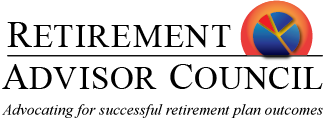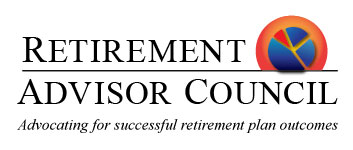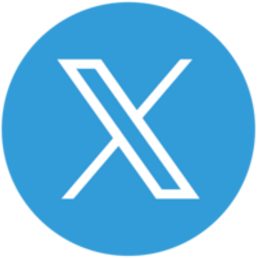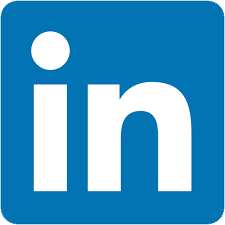
A relative about to turn 62 wanted to discuss his retirement with me recently. He had started out as a delivery truck driver and advanced to commercial pricing. His situation looked like this:
$400,000 in profit sharing and 401(k) plans, an estimated monthly Social Security benefit of about $1,800 with early retirement at 62 and the payout from a frozen defined benefit (DB) plan of $720 per month.
I did a quick, back-of-the envelope guesstimate - $400,000 with a 5% draw-down would be $20,000 per year;1 Social Security would add another $21,600 per year, along with $8,640 annually from his pension - for an annual income of $52,600 in retirement. That would be a 105% replacement rate of his current income in the $50,000 range. Wow! I was impressed, to say the least.
How did he do it?
So, I had to know: How? As long as I'd known him, he seldom, if ever, discussed his retirement plan or savings and showed limited concern about the long-term plan. What was the key to his success? Simple - he did nothing. Well, not nothing, but there was little active participation. The keys to his success are:
- 42 years at the same company
- A DB plan
- A profit-sharing plan that changed to an auto-enrolled 401(k) plan
- Employer-controlled investment management.
- No provision for withdrawals before retirement date
How does it apply to us?
How can the rest of us replicate this "wow" replacement rate? Unfortunately, most people don't have a DB plan, and few work for the same company for 42 years. But there are clearly things we can learn.
We could at least come close if every retirement plan in the United States could:
- Auto enroll employees at a 6% level
- Auto increase employee contributions
- Limit in-plan withdrawals to severe hardship
- Provide a professionally managed qualified default investment alternative (QDIA) or an investment option that adjusts for the needs and ages of its participants
But how do we replicate 42 years at the same company? Perhaps Congress or the Department of Labor could require participants to roll over all plan assets to the successor company or to a special IRA that doesn't allow withdrawals until early retirement dates.
The result? While other participants might not work at the same company for 42 years, they could work 42 years and have 42 years of contribution and growth upon reaching early retirement age. This isn't a simple change, and rules wouldn't solve the rollover or distribution issue immediately. But they could over the long run. Plan design, investment design, and limited access could be the key to retirement readiness with a "wow" factor. That would create many more happy accidental retirees like my relative.
Jeff Hemker
National Sales Manager, Retirement Division
Invesco
- For illustrative purposes only, based on a hypothetical portfolio earning an average annual return of 4% and a 5% withdrawal rate over 35 years. This example is for hypothetical purposes only and does not reflect the performance of fees and charges associated with any specific investment, nor does it take into account the effect of taxes or inflation. The assumed rate of return in the example is not guaranteed; investment returns fluctuate over time and losses can occur.







































